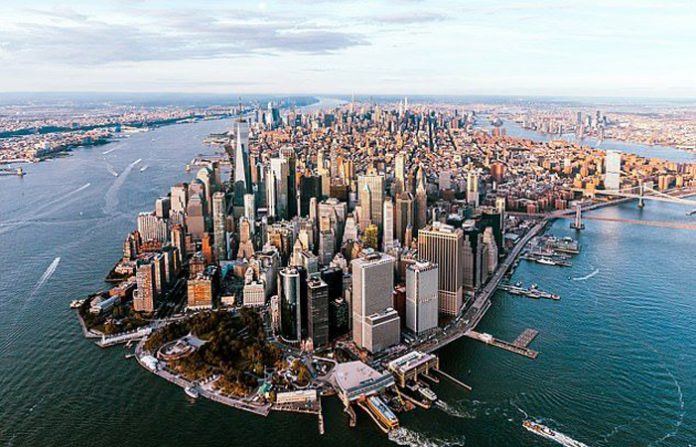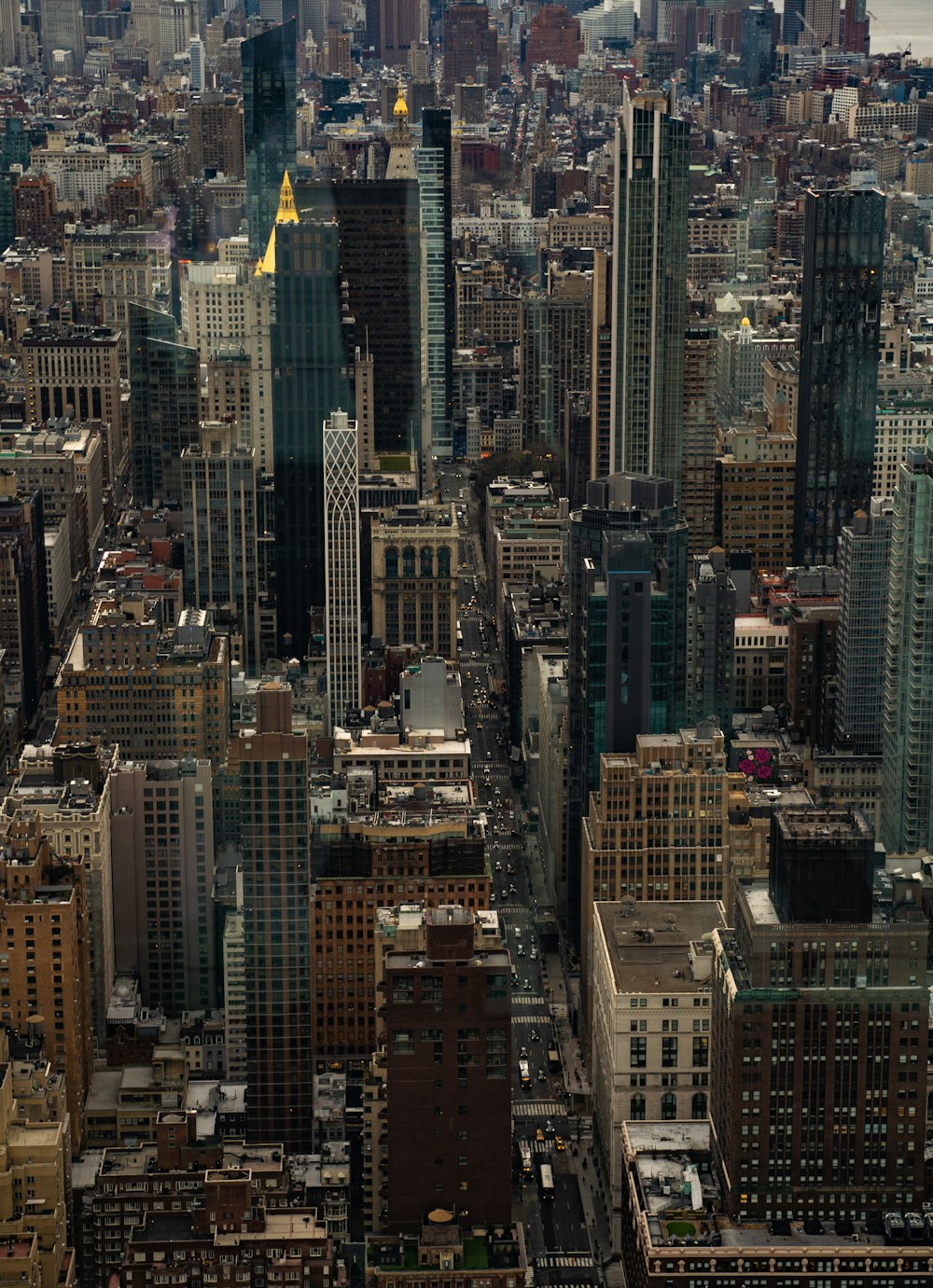
Introduction:
New York City has long been synonymous with its iconic skyline, characterized by towering skyscrapers that pierce the clouds. These architectural marvels symbolize the city’s power, wealth, and ambition. However, beneath the gleaming facades lies a growing concern: the weight of these skyscrapers is causing the city to sink. In this article, we will explore the challenges posed by New York City’s towering structures and their impact on the city’s infrastructure.

The Burden of Concrete Giants:
New York City’s skyline is dominated by skyscrapers constructed with immense amounts of concrete and steel. As these colossal structures rise higher into the sky, they exert tremendous pressure on the ground beneath them. The weight of these buildings, combined with the island’s geological composition, is causing the city to sink gradually.
Geological Factors at Play:
New York City is situated on a complex geological foundation known as Manhattan Schist. This metamorphic rock formation provides a solid base for construction but is not impervious to the strain imposed by skyscrapers. Over time, the weight of these buildings compresses the underlying bedrock, leading to subsidence or sinking of the land.
Compounding Effects of Urbanization:
The rapid pace of urbanization exacerbates the sinking issue. As more skyscrapers are built, the cumulative load on the bedrock increases. Moreover, developing the city’s infrastructure, such as underground tunnels, subways, and utility networks, adds additional weight and strains the already burdened foundation.
Vulnerable Waterfront Areas:
New York City’s waterfront areas face unique challenges when it comes to sinking. The land in these regions consists of softer soil and marshy grounds, which are more prone to subsidence. The construction of large-scale projects near the waterfront, such as Hudson Yards, places additional pressure on these vulnerable areas, accelerating the sinking process.
Consequences for Infrastructure:
The sinking of New York City has far-reaching implications for its infrastructure. Underground infrastructure, including sewage systems, water pipelines, and subway tunnels, is particularly susceptible to the effects of sinking. As the ground shifts, these vital systems risk damage, leaks, and disruptions, jeopardizing the city’s functionality.
Mitigating Measures:
Recognizing the seriousness of the sinking issue, engineers and urban planners are exploring various mitigation strategies. These include improving the strength of the underlying bedrock, implementing advanced monitoring systems to detect changes in land elevation, and reassessing building codes to regulate the construction of skyscrapers.
Sustainable Urban Development:
Sustainable urban development practices will play a crucial role in managing the sinking issue. Implementing green infrastructure, such as rooftop gardens, green spaces, and porous surfaces, can help alleviate the pressure on the bedrock by reducing the amount of stormwater runoff and increasing natural groundwater recharge.

Conclusion:
While New York City’s skyscrapers are a testament to human ingenuity and ambition, they pose a significant challenge to the city’s infrastructure. The weight of these towering structures is causing the land to sink gradually, threatening the stability of underground systems and waterfront areas. The city needs to adopt proactive measures and sustainable practices to address this issue effectively and ensure the longevity of New York City’s iconic skyline.
Read More: US President Biden lift the Travel Ban on Muslim Countries
How useful was this article?
Please rate this article
Average rating / 5. Vote count:















































